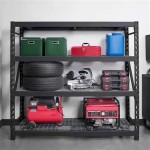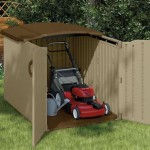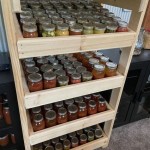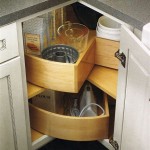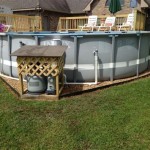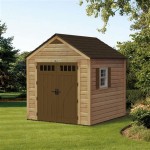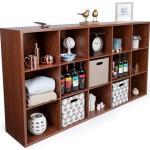Essential Aspects of DIY Food Storage Ideas
With the rising concerns about food shortages and emergencies, DIY food storage has become increasingly crucial. By preserving food effectively, you can ensure accessibility to nutritious meals during challenging times. Here are some essential aspects to consider for successful DIY food storage:
1. Planning and Preparation
Begin by assessing your family's dietary needs, estimating the amount of food required, and determining the best storage methods. Consider factors such as the shelf life of different foods, storage space availability, and any dietary restrictions.
2. Selecting the Right Food Items
Opt for non-perishable, nutrient-rich foods with long shelf lives. Canned goods, dried fruits, whole grains, and beans are excellent choices. Avoid processed foods, perishable items, and those with high sugar or salt content.
3. Proper Food Preservation
Employ different preservation methods depending on the food type. Vacuum sealing, canning, drying, and freezing are effective techniques to extend shelf life. Follow recommended guidelines meticulously to ensure safety and prevent contamination.
4. Storage Containers and Locations
Choose airtight, moisture-resistant containers to prevent spoilage. Consider using oxygen absorbers to create an anaerobic environment. Store food in cool, dry locations below 70°F to maintain its quality and freshness.
5. Organizing and Labeling
Organize your food storage for easy access and retrieval. Label containers clearly with the food type, quantity, and storage date. This allows for quick identification and prevents confusion or waste.
6. Rotation and Consumption
Regularly rotate your food supply by consuming older items first and replacing them with fresh ones. This prevents spoilage and ensures optimal nutritional value. Monitor expiration dates and discard any items that have exceeded their shelf life.
7. Safety and Sanitation
Maintain high levels of hygiene to prevent contamination and foodborne illness. Clean and disinfect storage areas regularly. Wash hands thoroughly before handling food and avoid cross-contamination. Dispose of spoiled or contaminated food promptly.
Conclusion
DIY food storage is a valuable skill that enhances preparedness and food security. By considering these essential aspects, you can create a comprehensive storage strategy that provides peace of mind and ensures access to nutritious meals during unforeseen circumstances.

How To Make A Diy Spice Drawer Organizer Kitchen Storage Organization Solutions

30 Pantry Organization Ideas To Make The Most Of Your Space

Pantry Ideas Diy Canned Food Storage Shanty 2 Chic

60 Innovative Kitchen Organization And Storage Diy Projects Home Perfect Pantry
:max_bytes(150000):strip_icc()/kitchen-organizing-ideas-2-5c76a39dc9e77c0001fd592e.jpg?strip=all)
58 Kitchen Organizing Ideas To Make Your Space Less Cluttered And More Inviting

55 Best Kitchen Organization Ideas For Small Spaces

100 Dollar Kitchen Organization Ideas Tree Diy

Diy Food Container Organization

15 Diy Ideas For Snack Storage Woohome

100 Original Free Delivery Pantry Ideas Diy Canned Food Storage Shanty 2 Chic Soup Can Organizer For
Related Posts

